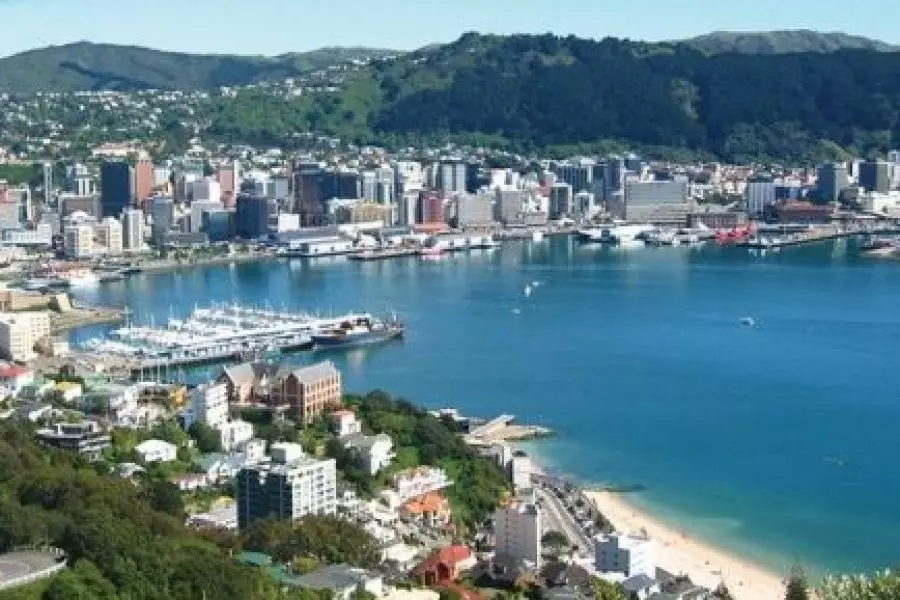
News
Wellywood on the rise

Friday 29th of November 2019
A major upset in the Wellington mayoral race ended with Andy Foster taking out the mayoralty last month. It’s the first time, since 1986, in Wellington’s history that a first-time incumbent has been denied a return to office.
The race was a close one, but Foster says that Wellingtonians wanted change and it appears his campaign, which focused on transport, hou...
Want to read the full article?
Click the button below to subscribe and will have unlimited access to full article and all other articles on the site.
8 min read
10 min read





![[The Wrap] Bye Bye Bayly](https://goodreturns.publit.io/file/c_fill,w_900,h_600/39f23ac1-f7c7-4854-b700-a150004ebbac.webp)


